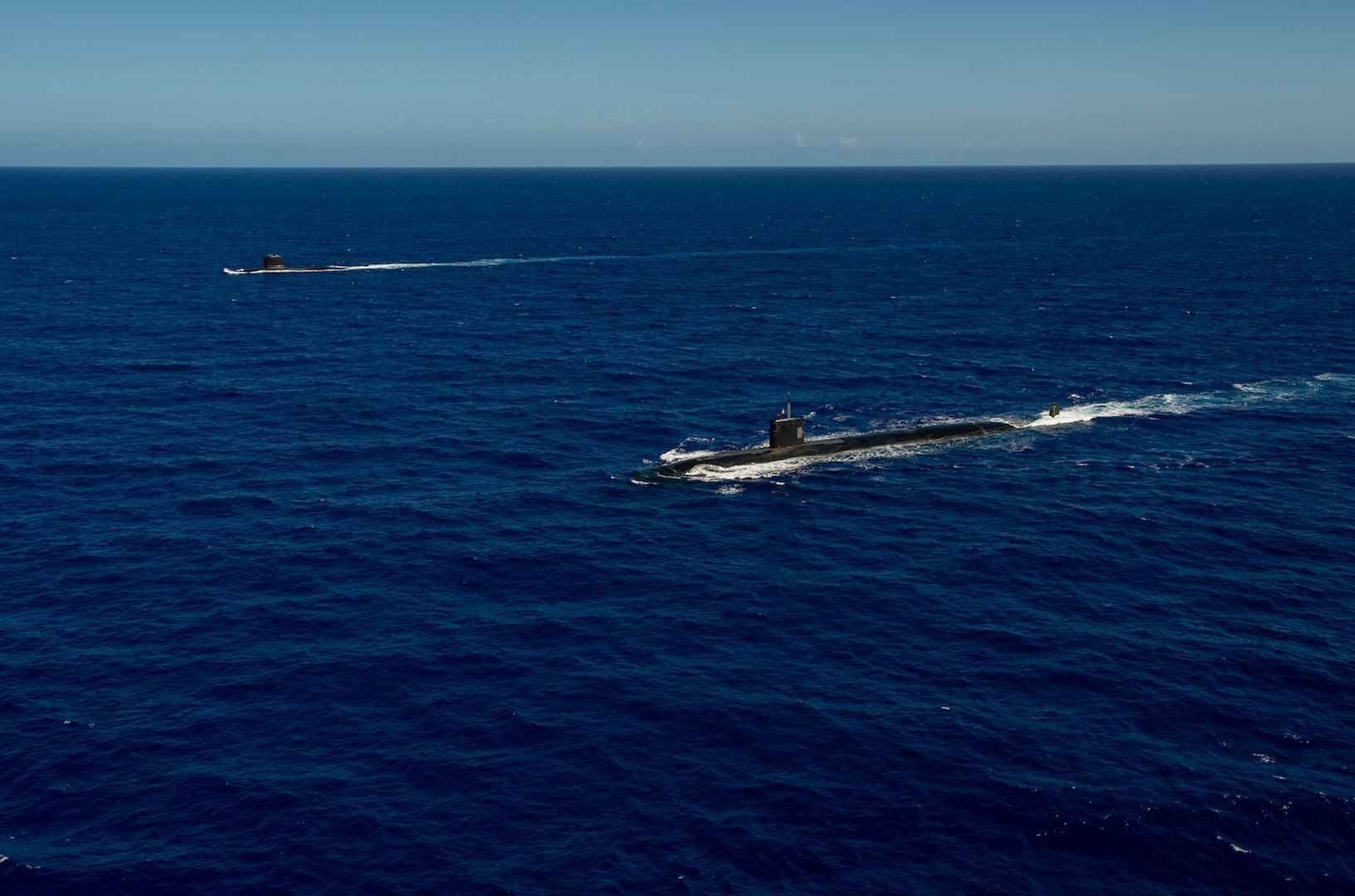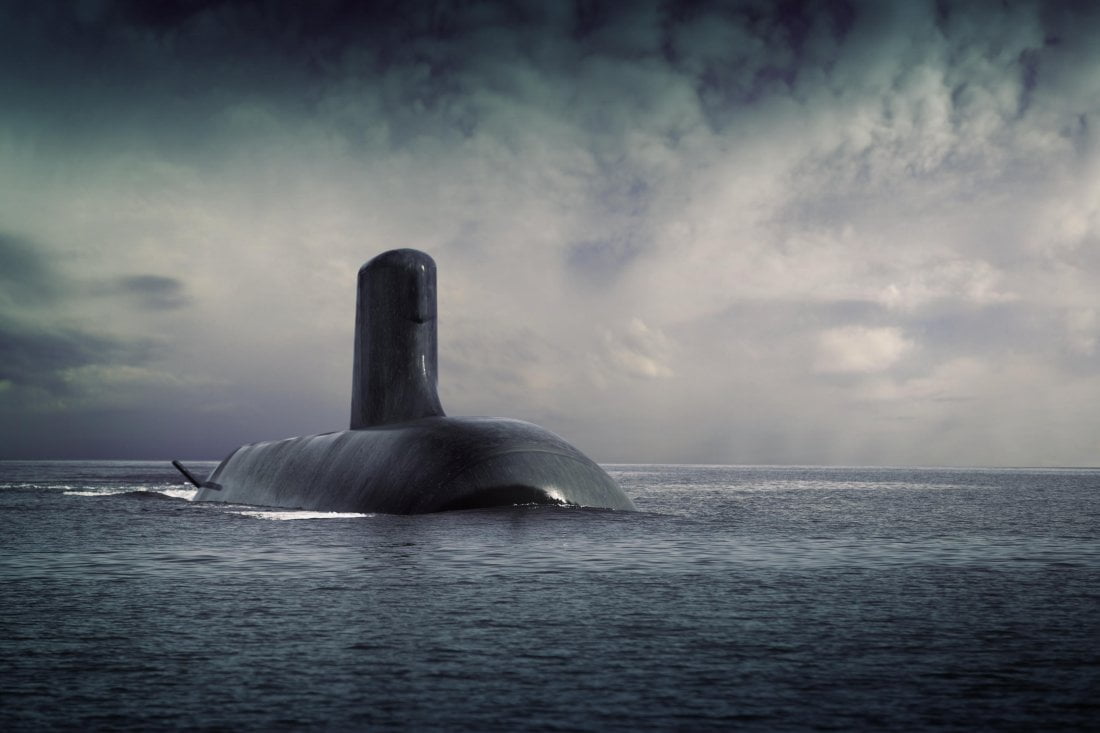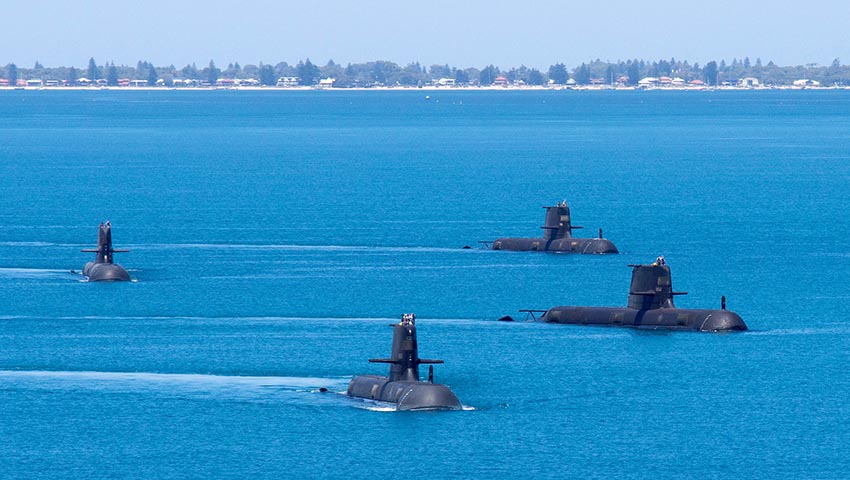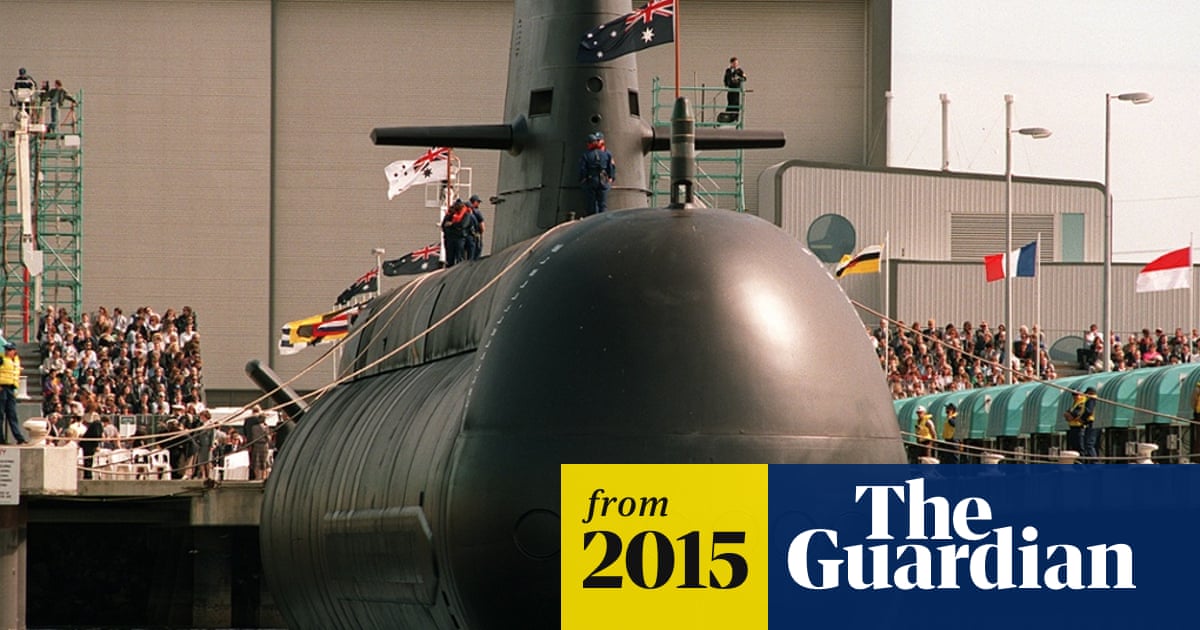Wow, I can't tell you how much this video depresses me - not the actual video or the narrator, but the fact that this whole important submarine program is obviously more to do with "business" and Australia's own little dirty 'Military/Political Complex' rather than a true fighting vessel for the RAN.
Peter Costello and old mate of Scomo - David Gazard WTF!!!
I truly can't believe after the hard learnt lessons from building the
Collins class and the in-depth nature and intent of the
Coles Review, we as a nation, as a government and as a Navy could f#@% up this second bite of the cherry!!
I'm now adimit that Australian has lost it's right to build submarines in Australia and that the
Collins class should be replaced by an off-the-shelf design, tailored for the RAN's needs.!!!
Regards
Pioneer
Japanese and German options were found not to meet the stated requirements, legacy design features in each (both were the result of continuous evolution over decades) made them less advanced in many ways than the existing Collins Class (which was a clean sheet design from the late 80s early 90s), and more importantly, than the French offering.
I barely know where to begin here. The
Collins is an enlarged evolution of
Västergötland, with far greater range and completely different combat sytem, and that class is itself an evolution of the earlier
Näcken class. It was never a clean-sheet design, or anything like it. The current state of the
Collins, which has made a quite proud class out of some pretty questionable early decisions, isn't due to any inherent "advanced" design so much as a multi-national effort to turn them into the effective boats they are today. The idea that
Sōryū is "less advanced" than
Collins in basic design is fairly silly.
Soryu is an evolution of Barbel, a 1950s US design. According to my contacts, i.e. people still working on subs, they lack the fully rafted design of Collins and include many legacy features that have been superseded in Collins.
Soryu has a far, far superior hullform for Pacific operations and dramatically more modern propulsion than the
Collins class. The
Collins has good machinery isolation and a better combat system, neither of which is inherent to the design as it existed in the original competition.
Claiming the Collins is simply an enlarged evolution of the Vastergotland is like saying the Boeing 787 is an enlarged evolution of the 737 because they have similar configurations and come from the same designer. The Collins and Gotland have far more features in common and are more closely related as they were designed by the same team at the same time, it is understood in the game that the Collins contract gave Sweden the money they required to design the Gotland. That said, scaling up the Vastergotland is what was sold to the political classes but the issues encountered with the Collins development and build demonstrate just how inaccurate this was.
So
Soryu is a Barbel but
Collins is SeaQuest DSV because...reasons? The iterative evolution of the JMSDF SSKs is bad and holds them back but the superior Swedish iterative evolution of their SSKs empowers them to make great leaps? The larger dimensions of the
Collins aren't the result of a sudden technological breakthrough, and the design is a considerable break from earlier Swedish boats primarily in ways which it has been adapted to the Australian requirements for endurance and range. This is why the
Gotland, despite following the Chad
Collins, returned to the more compact dimensions favored by the SM.
An example of the fundamental differences can be seen in the welding issues found in the Swedish fabricated sections for the first hull, the design and fabrication techniques required were so different that the highly experienced Swedish sub builders delivered dangerously substandard sections that had to be completely reworked during the first full cycle docking. Ironically the new Australian workforce, which due to its inexperience worked within a much more highly controlled environment as a mitigation to their inexperience, delivered conforming product. Had it been a simple evolution the experienced Kockums fabricators would have had no problems and actually had no issues building the related Gotlands.
This is just fantasy. Type 471 was bid using the same hull SAAB HSLA steel and partial-penetration welding featured on SM boats, after award specifications were changed to full-penetration welds and the steel changed as it was to be supplied by Bisalloy in NSW. Kockums was notified late of the change, thanks to communications issues caused by immense distance between the two countries and tight development timeline, and the steel for Hull 1 was late getting to Sweden. In the resulting rush to meet the delivery deadline work quality took a nosedive. Kockums' engineers, well aware of the issues, recommended delivery be delayed while they corrected the issues but they were overruled in favor of delivering on time and attempting repairs at ASC during assembly. This is partially due to the way the contracting was constructed, Kockums was entitled to be paid for additional time working on a problem at least partially caused by delays due to the steel delivery, but ASC could not bill that to the Australian Government or otherwise recoup the cost.
Ultimately, the ASC repairs during construction failed to address the issues, though it wasn't until the 2001 drydocking showed how bad things were getting that a proper job was done of it. The Kockums-trained ASC workforce was able to produce the remaining hulls with only about 1% of welds failing inspection, of course the construction time for each of those boats was much longer than for Collins herself, reducing the time crunch.
The riskiest path forward is scaling up and down a design. By all means pick and use improved and evolved systems in a new hull, if you have a MOTS solution for the hull that meets requirements then go for that, but if you don't you are better off with a clean sheet for the platform. Anything else is a complex and risky compromise with many unforeseen consequences, as proved by the Collins build.
There are a lot more factors than just scaling, but my point is that you can't credit the Collins as being "more advanced" simply because it is "different." You can absolutely build an "old design" new, just look at China's second Aircraft Carrier, or create a lot of work enlarging something without actually producing the same result as a "clean sheet of paper."
What you have fallen into is the political narrative that a broken design was fixed, rather than the truth known to everyone who has ever worked on a major project, there will always be development issues that need to be addressed, no matter who the designer or who the builder is. In the middle of a review into another project I worked the designer / builder of the product we were building under licence was caught out when we discovered and proved that they had encountered the exact same issue we had during their build, the thing is they had lied to our customer and told them that it was our incompetence and not their design at fault.
I keep myself informed, a "narrative" is one thing but facts are another.
That is the Collins project in a nutshell and the same is happening with the Attack, there are issues that occur on every project that are happening on this one but the narrative, depending on your bias is either Aussies can't build submarines, the French are bullies, should have gone Astute/Virginia/Soryu/Type 214/6 etc.




